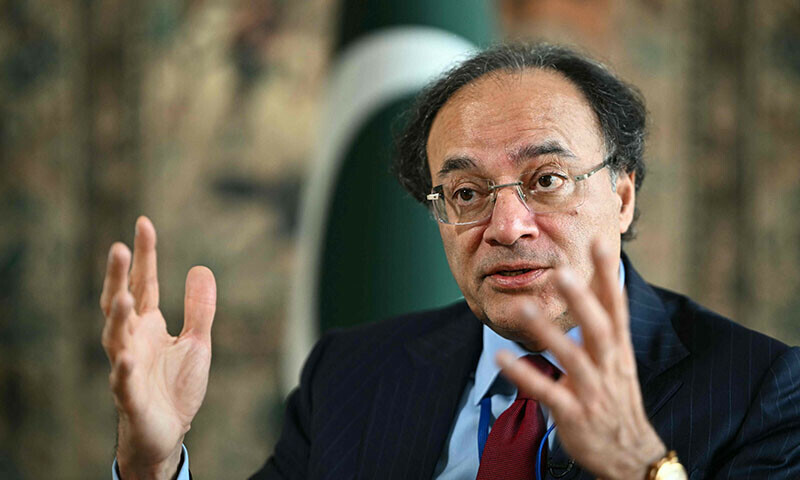ECONOMY DESK
ISLAMABAD: Pakistan’s real Gross Domestic Product (GDP) posted a growth of 2.38% in the fiscal year 2023-24, bouncing back from a negative growth of 0.21% in the previous year. However, this growth fell short of the targeted 3.5%, as revealed by the Economic Survey of Pakistan 2023-24, Finance Minister Muhammad Aurangzeb announced on Tuesday while unveiling the Pakistan Economic Survey 2023-24.
This transformation to positive from negative growth was owing to careful policy management, resumption of inflows from multilateral and bilateral partners along slow revival in big trading partners’ economies.
In nominal terms, the economy of Pakistan increased significantly and amounted to Rs 106.045 trillion for FY24 representing an increase of 26.4% as compared to Rs83.87 trillion last year. The size was $374.9 billion in US Dollar designated term while per capita income increased by $129 or up by 8.3% equaling $1,680 compared with last year’s$1,551 which is slightly above the previous ten years’ average per capita income that stood at $1,626 This rise resulted from additional economic activity and currency appreciation and also ended up increasing the PKR per capita income to Rs475281 which is a 23.5 % growth as against Rs384747 for the previous year.
Nonetheless, the investment-to-GDP ratio decreased from 14.13% in FY23 to reach 13.14%. This was mainly due to contractionary macroeconomic policies amidst political uncertainty that led to this scenario although it declined just slightly down in terms of saving to GDP ratio i.e.;13%.
The agriculture sector emerged as a key driver of economic growth, posting a robust growth of 6.25%, the highest in the last 19 years. This surge was mainly driven by a 16.82% increase in important crops like wheat, rice, and cotton. The industrial sector also saw positive growth of 1.21%, with the manufacturing sector growing by 2.42% and the construction sector by 5.86%.
The services sector, which constitutes 57.7% of GDP, witnessed a moderate growth of 1.21%. The Federal Board of Revenue (FBR) demonstrated strong tax collection performance, with collections growing by 31% during Jul-May FY24 to Rs8.13 trillion, up from Rs6.21 trillion last year. The FBR is undergoing significant reforms and modernization efforts to enhance efficiency and optimize outcomes, including digitizing tax documentation.
According to the Labor Force Survey 2020-21, Pakistan’s literacy rate stood at 62.8%, a slight increase from 62.4% in 2018-19. The literacy rate is higher for males (73.4%) compared to females (51.9%), though the gender disparity is gradually narrowing. Rural literacy increased from 53.7% to 54.0%, while urban literacy rose from 76.1% to 77.3%.
The 7th National Population and Housing Census 2023 recorded Pakistan’s population at 241.5 million, with a growth rate of 2.55%. The urban population was 93.75 million, while the rural population was 147.75 million. The Labour Force Survey 2020-21 reported a total labour force of 71.76 million, with 67.25 million employed and 4.51 million unemployed, reflecting an unemployment rate of 6.3%.
The Pakistan Economic Survey 2023-24 underscores the resilience and robustness of Pakistan’s economy in overcoming multifaceted domestic and external challenges.











